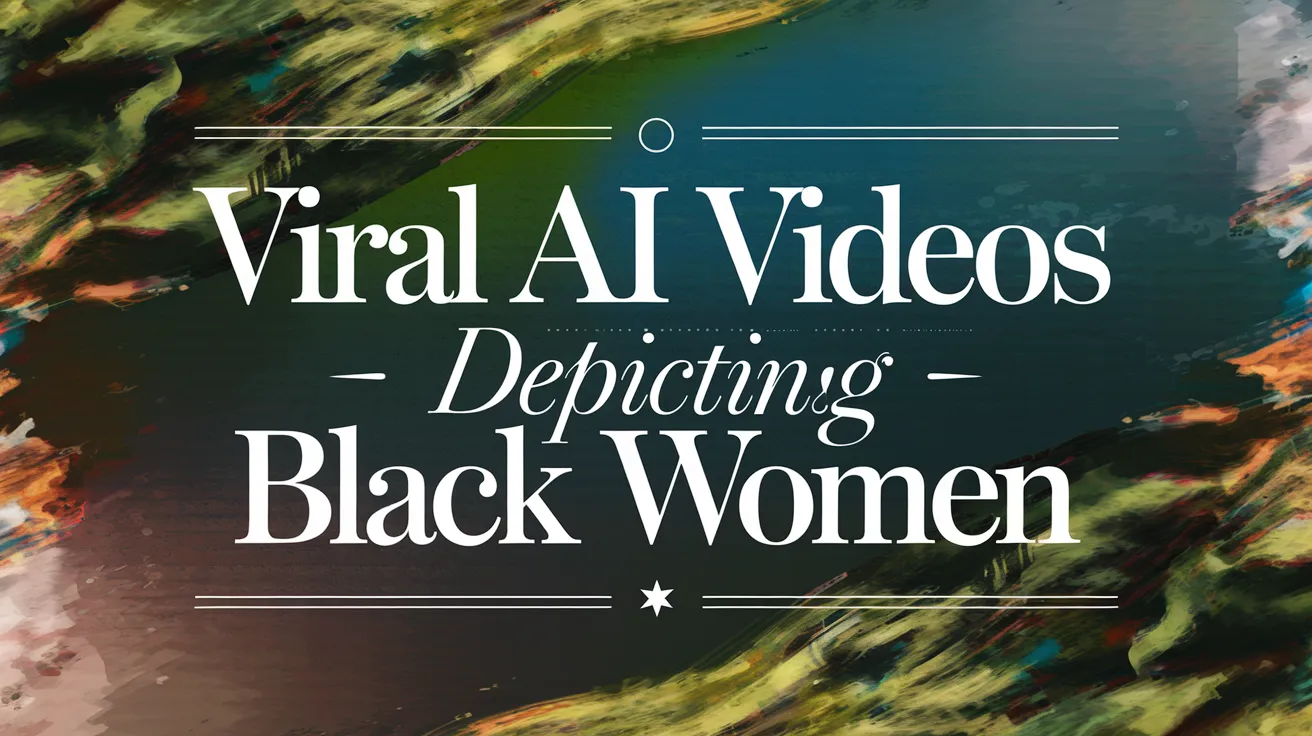Viral AI Videos Depicting Black Women

Viral AI-generated videos featuring the fictional character of a “bigfoot baddie” have sparked widespread attention on social media platforms such as Instagram and TikTok. One particularly striking example showcases a character with acrylic nails and a dramatic pink wig, who directly addresses an imaginary audience with the line, “We might have to go on the run. I’m wanted for a false report on my baby daddy.” This quirky persona is created using Google’s Veo 3 and has garnered over a million views.
However, amidst the humor and creative engagement, these videos raise serious concerns about the racial representation and stereotypes that are being perpetuated through AI tools. Critics argue that depicting Black women as primates, even in a fictional and humorous context, reinforces harmful and outdated racist tropes that have long plagued media portrayals of African Americans.
The popularity of such content reflects a disturbing trend in AI video creation, where the technology is not just a means of entertainment but also a tool that can unwittingly perpetuate biases. As creators often capitalize on viral trends, it becomes essential to consider the implications of the narratives being created and shared.
As these discussions unfold, it is crucial for developers and content creators alike to critically evaluate how AI-generated materials can shape public perceptions and contribute to broader societal issues concerning race and representation.